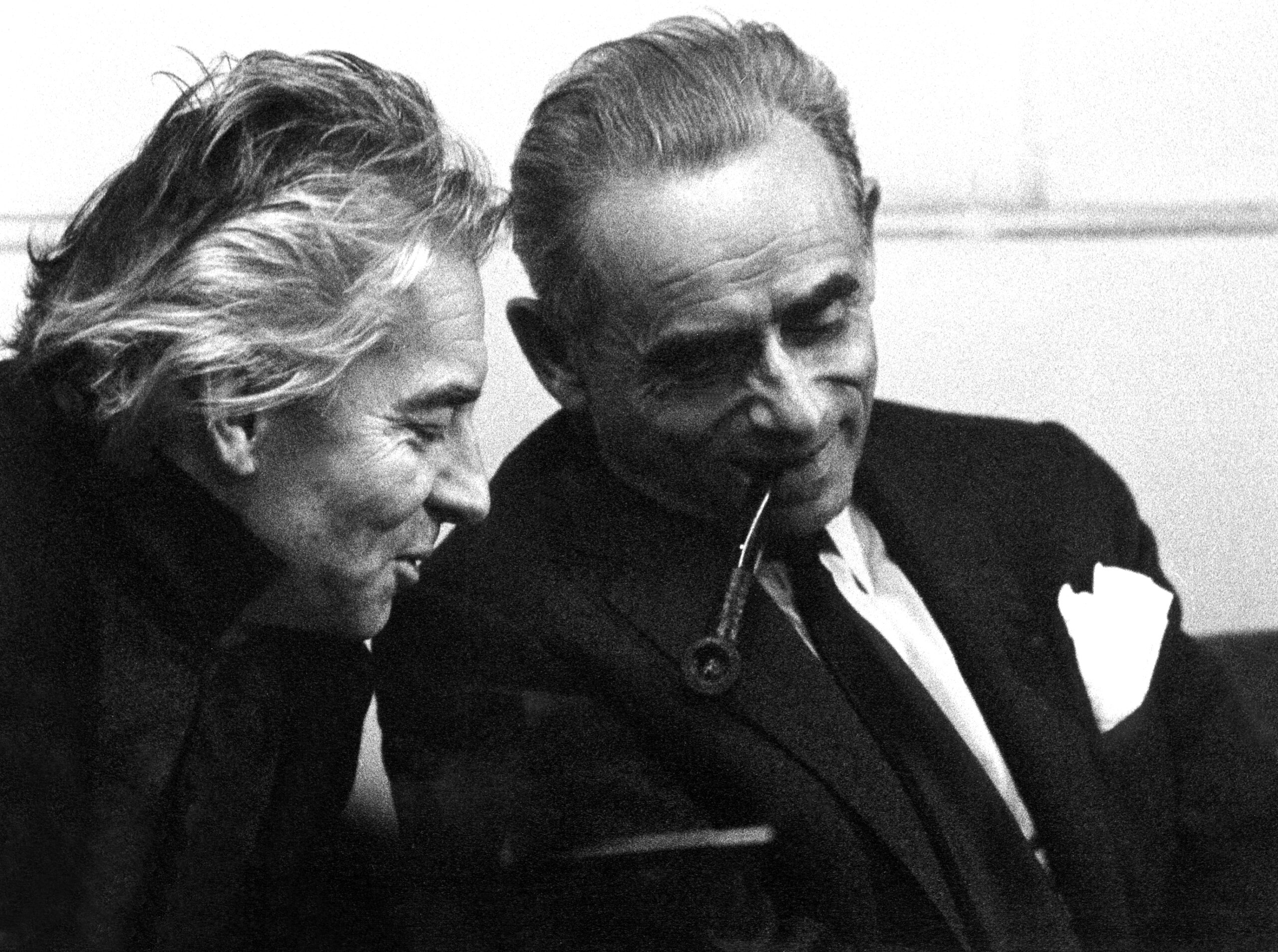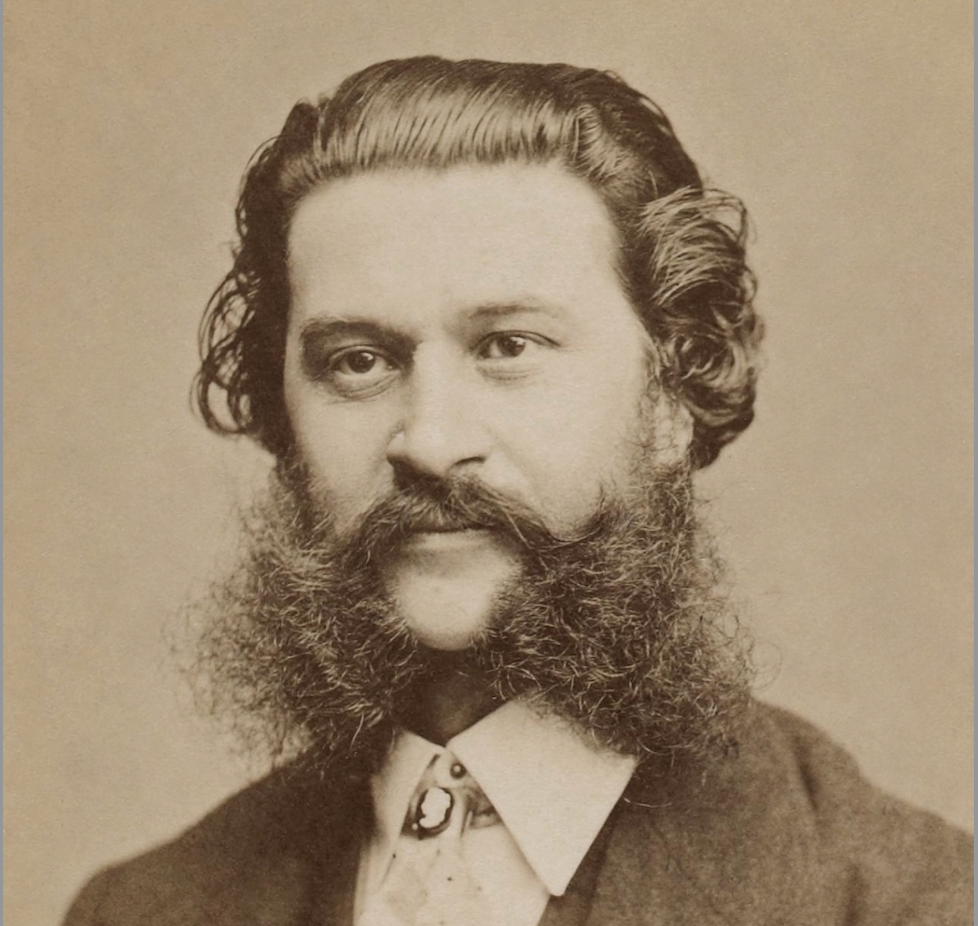20 December 2024
P.R. Jenkins
Karajan artists: David Bell – Karajan’s man for the queen of instruments

“I had a separate rehearsal with Karajan, who determined everything: all the registrations, the balance and power of the organ at my various entries.”
David Bell
From the middle of the 1970s up to the maestro’s death in 1989 David Bell was Karajan’s favourite organ player. Bell was an EMI assistant producer for Karajan’s “Lohengrin” recording in 1976. When the schedule had to be suddenly changed due to the sickness of several singers, Bell stepped in as an organist for some phrases in the 2nd act. Karajan was satisfied with Bell’s playing and hired him subsequently for Bruckner’s Te Deum, Strauss’ “Alpine Symphony” and “Zarathustra” and for the famous “fake Albinoni” Adagio by Remo Giazotto. Within the biotope of a symphony orchestra the organ is a special case. Its status is half a solo and half an ensemble instrument. The character of any organ solos is unambiguously “sacred”, so they don’t appear regularly in the concert literature. Far more often, the organ is used as an almost imperceptible sound element. In Saint-Saëns’ third symphony it’s the exposed organ that gave the work its name “Organ Symphony” (Karajan’s only recording of the work in 1981 was notably not with Bell but with Pierre Cochereau), whereas Alban Berg at the end of his Violin Concerto didn’t integrate an organ but simulated its sound with the woodwinds.
Karajan treated organ parts very carefully and didn’t hesitate to adjust them even if they were composed by a great organist like Bruckner. Bell was surprised that Karajan encouraged him to play certain phrases in Brahms’ “German Requiem” that weren’t noted in his score. In London, he found out that Karajan had been taking. His bearings from a version of 1913 that he may have studied with his teacher Franz Sauer at the Mozarteum, who was also the organist at the Salzburg cathedral. Through Sauer and his other teachers Paumgartner and Ledwinka Karajan already got in touch with the organ in his childhood but concentrated on the piano, while his brother Wolfgang pursued his organ studies throughout life.

Although an engineer, Wolfgang played concerts titled “The Art of Fugue” in the 1950s. The fact that he called his ensemble “Organ Ensemble Wolfgang Karajan” (with the name ‘Karajan’ in large type) annoyed Herbert but in his later years, he seriously thought about making a record with his brother.

David Bell told Karajan’s biographer Richard Osborne: “Karajan was very much an organist’s conductor. He never took the organ part of any piece for granted. He always treated it as intrinsic and was meticulous about overseeing the preparation of the instruments we encountered in various concert halls. I don’t know where he acquired his knowledge, but certainly he knew a tremendous amount about the subject.” Karajan did not only perform with Bell but also sent him on “special missions”. Bell was instructed to find the missing scores of Eugene Goossens’ “Messiah” edition and to rent a giant electric organ for a festivity in Berlin.
A few years after Karajan’s death, David Bell published an article titled “Organist to Karajan: Working with a Great Conductor”.
— P.R. JenkinsRichard Osborne: “Karajan. A Life in Music” Chatto & Windus, London. 1998


